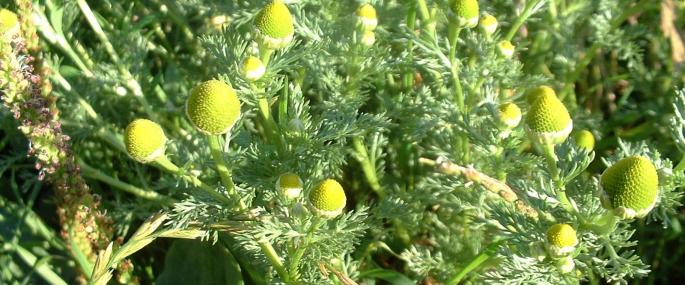The bright green, feathery leaves and yellow flower heads of Pineappleweed can be seen on bare, disturbed ground, such as paths and pavements, roadsides and tracks. Introduced into the UK during the late 19th century, its rapid spread has been attributed to growth of motor transport - the seeds being picked up on tyre treads, along with the mud of the then untarmaced roads, and being deposited miles away as rain washed them off.
Pineappleweed is an introduced species that has become widespread and naturalised in the UK over many years without much cause for concern. However, the effects of introduced species are not always as benign. The Wildlife Trusts work with researchers, scientists and other conservationists to monitor changes in our native wildlife to determine the effects of environmental change, such as the introduction of new species or climate change. You can help: volunteer for your local Trust and you'll be able to monitor populations and survey habitats, adding to a growing bank of data.
